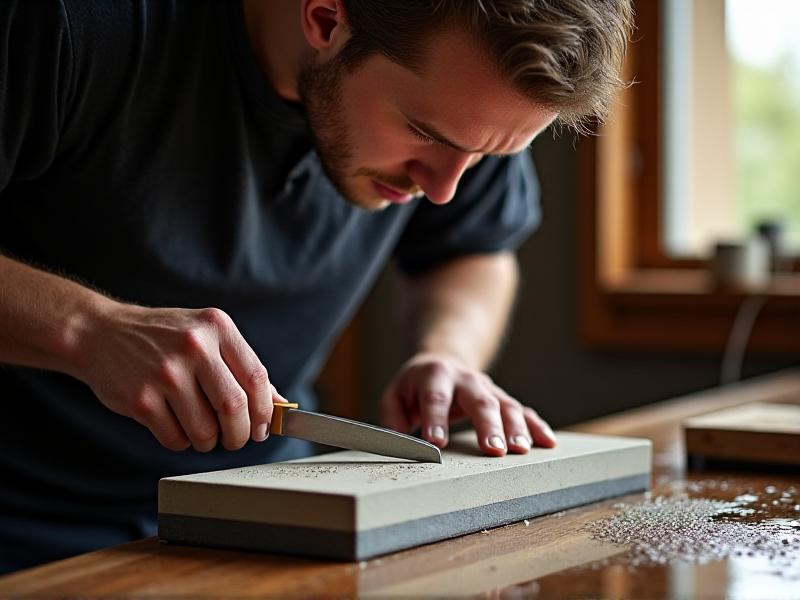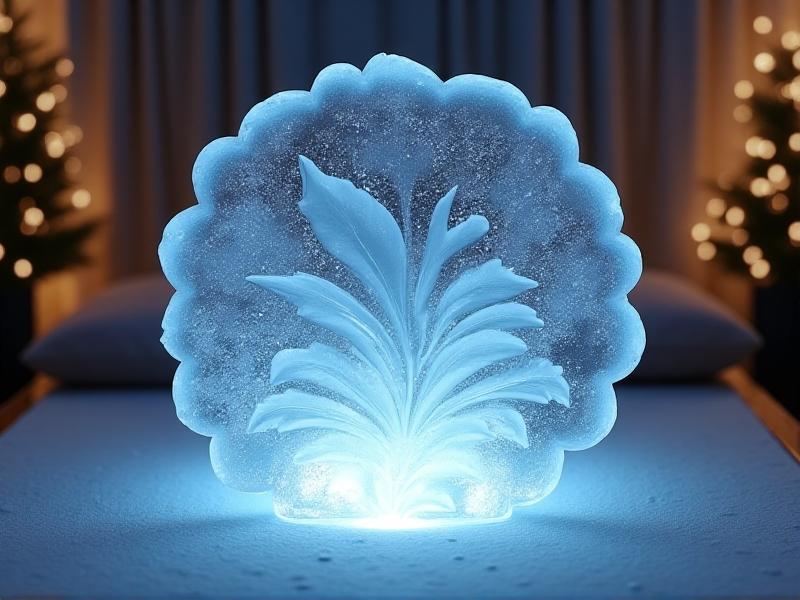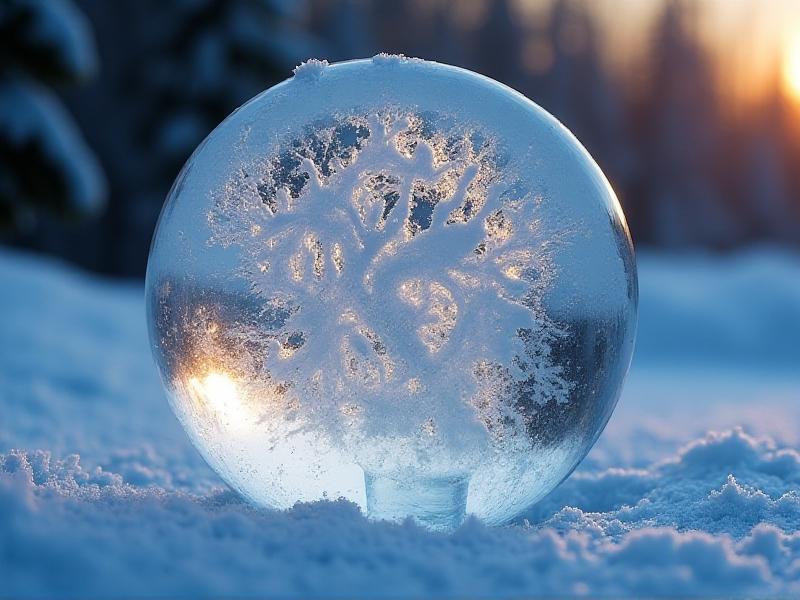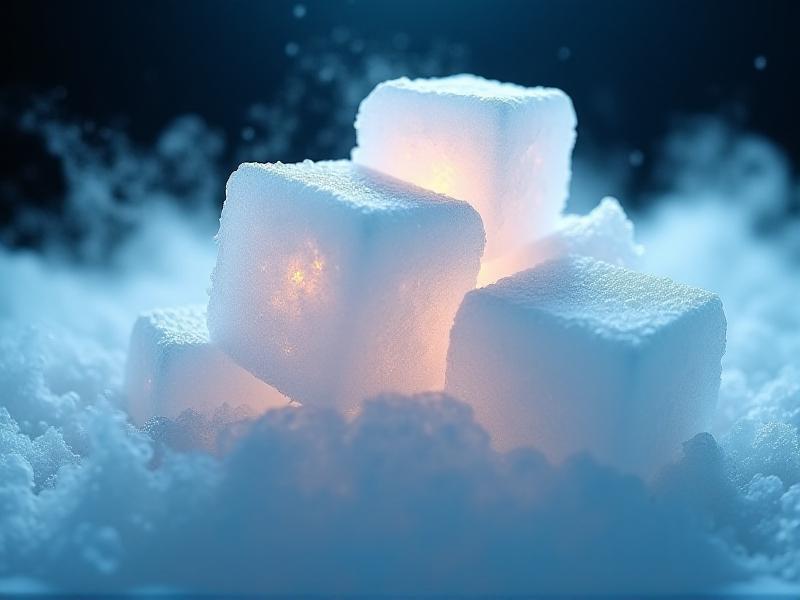The Role of Water Stones in Chisel Sharpening
The Importance of Water Stones in Chisel Sharpening
Water stones, also known as whetstones, are essential tools for anyone serious about maintaining sharp chisels. Unlike other sharpening methods, water stones offer a unique combination of precision and versatility. They are particularly valued for their ability to produce a fine edge, which is crucial for detailed woodworking tasks. The use of water stones dates back centuries, and their continued popularity is a testament to their effectiveness.
One of the primary reasons water stones are favored is their ability to sharpen tools quickly. The porous nature of these stones allows them to absorb water, which helps to reduce friction and heat during the sharpening process. This not only prolongs the life of the chisel but also ensures a smoother, more consistent edge. Additionally, water stones come in various grit levels, allowing users to progress from coarse to fine sharpening in a single session.

Types of Water Stones and Their Uses
Water stones are available in different types, each suited to specific sharpening needs. The most common types include natural water stones, synthetic water stones, and combination stones. Natural water stones are prized for their fine grit and ability to produce an exceptionally sharp edge. However, they are often more expensive and require more maintenance than their synthetic counterparts.
Synthetic water stones, on the other hand, are more affordable and widely available. They are made from a blend of abrasive materials and offer consistent performance. Combination stones, which feature different grit levels on each side, are particularly convenient for those who want to carry out both coarse and fine sharpening without switching stones. Understanding the differences between these types can help you choose the right water stone for your chisel sharpening needs.

How to Properly Use a Water Stone for Chisel Sharpening
Using a water stone effectively requires a combination of technique and patience. The first step is to soak the stone in water for the recommended amount of time, usually between 5 to 15 minutes. This ensures that the stone is adequately hydrated and ready for use. Once soaked, place the stone on a stable surface, such as a non-slip mat or a specially designed stone holder.
Next, hold the chisel at the correct angle, typically between 25 to 30 degrees, and begin moving it back and forth across the stone. It’s important to maintain consistent pressure and angle throughout the process to achieve an even edge. Start with a coarse grit stone to remove any nicks or dullness, then progress to finer grits for a polished finish. Rinse the stone and chisel periodically to remove metal particles and keep the surface clean.

Maintaining Your Water Stone for Longevity
Proper maintenance is key to extending the life of your water stone. After each use, it’s essential to clean the stone thoroughly to remove any metal particles or debris. This can be done by rinsing it under running water and using a cleaning stone or a nagura stone to resurface it. Regular cleaning prevents clogging and ensures that the stone remains effective over time.
Storing your water stone correctly is equally important. Keep it in a dry, cool place, preferably in a protective case or wrap it in a damp cloth to prevent it from drying out. Avoid exposing the stone to extreme temperatures or direct sunlight, as this can cause cracking or warping. With proper care, a high-quality water stone can last for many years, making it a worthwhile investment for any woodworker.
Common Mistakes to Avoid When Using Water Stones
Even experienced woodworkers can make mistakes when using water stones, which can affect the quality of the sharpening process. One common error is not soaking the stone for long enough, leading to inadequate lubrication and increased friction. Another mistake is applying too much pressure, which can cause uneven wear on the stone and damage the chisel’s edge.
Failing to maintain the correct angle is another frequent issue. If the angle is too steep or too shallow, the chisel won’t be sharpened effectively. Additionally, neglecting to clean the stone after use can result in clogging, reducing its effectiveness over time. By being aware of these common pitfalls, you can ensure a more successful and efficient sharpening experience.
Comparing Water Stones to Other Sharpening Methods
While water stones are highly effective, it’s worth comparing them to other sharpening methods to understand their unique advantages. Oil stones, for example, are another popular option but require the use of oil as a lubricant, which can be messy and less environmentally friendly. Diamond stones, on the other hand, are durable and fast-cutting but can be more expensive and less forgiving for beginners.
Sandpaper and honing guides are also commonly used for sharpening, but they often lack the precision and consistency of water stones. Each method has its pros and cons, but water stones stand out for their ability to produce a fine edge, ease of use, and versatility. Understanding these differences can help you make an informed decision about the best sharpening method for your needs.
Tips for Choosing the Right Water Stone for Your Chisels
Selecting the right water stone depends on several factors, including the type of chisels you use and your sharpening goals. For general-purpose sharpening, a combination stone with medium and fine grits is a good choice. If you’re working with particularly dull or damaged chisels, a coarse grit stone may be necessary to start the process.
Consider the size of the stone as well; larger stones provide more surface area, making it easier to sharpen longer blades. Additionally, think about the maintenance requirements and cost. While natural water stones offer exceptional results, they may not be practical for everyone. Synthetic stones, on the other hand, provide a balance of performance and affordability. By evaluating your specific needs, you can find the perfect water stone for your workshop.







